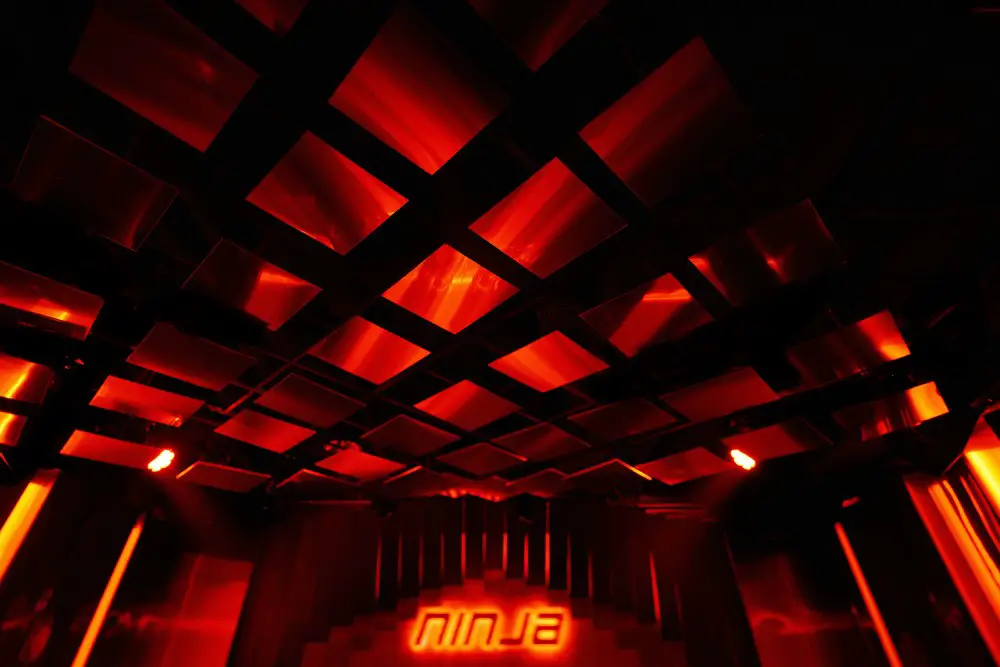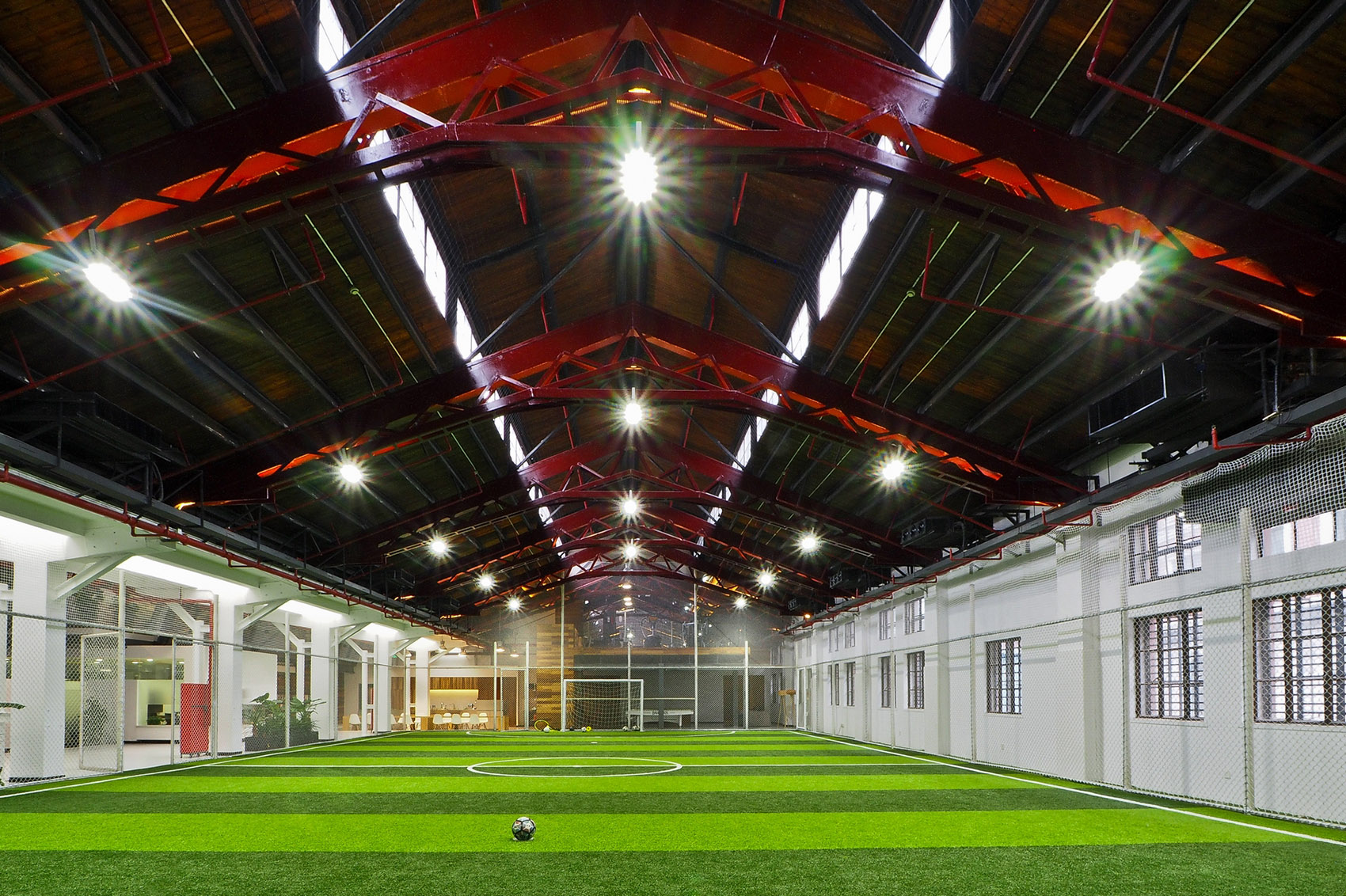

Within this group, intermarriage with local residents is common, serving as a pathway of incorporation into local society. A portion of these are settling long-term, setting up households and forming communities of long-term migrants. Rather than creating local group solidarities, participarion in this "super-culture" emphasizes, above all, sexual display and the exposure of the commodified sexual self to the gaze of anonymous and "foreign" others.Įconomic migrants from wealthy industrial countries are arriving in increasingly large numbers in the rising “global cities” of the developing world, including Shanghai. Chinese participation in the discotheque is less a 'Iocalization' or subversion of global practices than an active consumption of and participation in a kind of sexual cosmopolitanism, more of a construction of a "super-culture" rather than of a "sub-culture". Sub-cultural theories of vouth culture are found to be inadequate to describe participation in this shifting and anonymous marketplace of sexual images and self-display. Especially for young women, the disco provides a space for sexual expression which would be unacceptable in other social spaces, and offers Chinese youth of both sexes a space tor participation in a global consumer culture. The discotheque is perceived by youth as a cosmopolitan space allowing for appropriation and consumption of 'foreign" sexual styles. Approaching from the consumption side, the study reflects upon the role of the new middle-class in the process of gentrification in the Chinese urban context.īased on ethnographic observations in Chinese discos, this article describes how urban Chinese youth participate in the cosmopolitan sexual culture of the discotheque, using the hybrid cultural space of the discotheque tor their varied forms of sexual display and interaction. Given the situation that residential redevelopment in a time of globalization has profoundly reshaped the social order of urban landscapes where gentrified neighborhoods assemble “established elite enclaves”, members of the professional middle-class are attracted by the image of elite life and thus willing to pay for the symbolic value of those elite enclaves which they can afford.

Through a survey of randomly selected professional and managerial workers in the service industry, the paper argues that it is plausible to identify this fraction of the professional middle-class as one homogeneous social group who possess cultural competence to decode and appreciate an urbane lifestyle. The paper presents an effort to unravel the middle-class in Chinese cities in order to probe the role of the professional middle-class in gentrification.

The proliferation of the new middle-class and the ongoing gentrification of many Chinese cities calls for another reflection on causes of the latter.


 0 kommentar(er)
0 kommentar(er)
